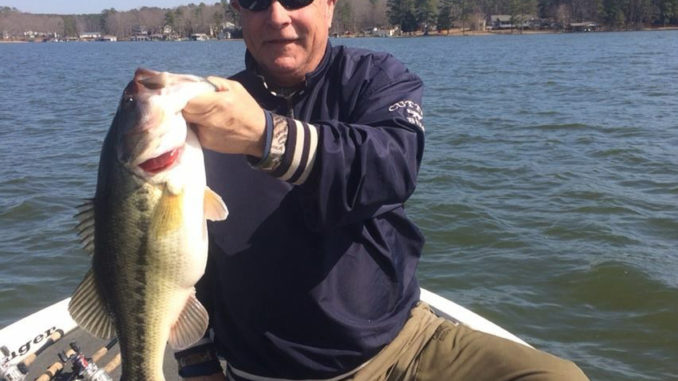
When cool weather arrives in the fall, few lures can outproduce an Alabama rig, especially on Lake Gaston’s clear waters.
What lure can give a fishermen the thrill of having one of his best days ever on the way, while at the same time make another argue passionately against its use under any circumstances, especially in bass tournaments?
It’s the Alabama rig, released to the public on July 1, 2011, and soon thereafter sued by pro Paul Elias to win a tournament on Alabama’s Lake Guntersville and its $100,000 first-prize money by a 17-pound margin over four days.
J.T. Palmore, who grew up fishing and guiding on Lake Gaston, a 20,500-acre reservoir on the Roanoke River that straddles the North Carolina-Virginia border an hour north of Raleigh, fished against Elias in that tournament. In fact, he watched from a distance as Elias caught much of his winning weight of 102 pounds on an A-rig. He deciding then and there to learn how to fish the new bait, a contraption featuring a central line-tie and multiple wire arms that allows anglers to fish from one to five lures on one line, usually soft-plastic swimbaits.
He came away believing that there are few baits better than an A-rig when the water starts to cool in the fall and into the winter, especially on Lake Gaston.
Fall fishing at Gaston is about finding grass and bait, and that’s the time to use the A-rig around the outer edges of grass beds, Palmore said. The shallow grass bite is a reaction bite, and a faster, stop-and-go retrieve will get fish to come out of the cover. When fishing deeper, a steady retrieve seems to be best, as they are tracking the bait before deciding to eat it.
Baits are typically fished with exposed hooks unless fishing shallow or around grass, when you should use screw-lock heads and rig the swimbaits weedless.
The bite starts in early September as soon as nights begin to cool off, and you’ll also find fish on the top edge of deep drop offs along old creek channels in the back of major creeks. Fish can also be found along the edge of riprap on major bridges or by casting across wind-blown main lake points.
When it comes to really cold weather, Palmore said there’s “no better … bait than the Alabama rig in clear water. If you can find grass in (winter), there will be bass in it.”
Palmore likes to look for any remaining grass in Little Stonehouse, Lizard Creek, or in main-lake pockets. Although he believes a large part of the fish population has seen it now and that it’s not as successful as it originally was, “You’re likely to catch the fish of a lifetime … when big females stage and feed up in preparation for the spawn. Fish migrate to grass edges and wait for bait to pass. Those fish are sight feeding and will usually bite better on clear days some breeze creating a light chop.
Palmore said he’s regularly had (five-fish) 20-pound stringers on the bait on good days, and stringers around 12 pounds on tougher days.
When a bass decides to strike an A-rig, one of two things happen. Palmore said that typically, bass “…slam it, and no hookset is really needed.” Other times, he said it’s “kind of like with a crankbait” — the bait just stops and you set the hook by sweeping your rod horizontally. Sometimes, he said, they may swipe at the bait a couple of times. If you feel the baits flutter from a near miss, he said, just keep a steady retrieve, and then, “They’ll nail it so hard you’ll feel your elbow twang”.
After determining the depth where fish are holding, make a long cast and count the lure down to that depth, then begin a slow steady retrieve thru the school.
Today’s multi-lure rigs are available in many sizes from a number of manufacturers, and they can be purchased at most tackle retailers. Soon after Elias’ 2011 victory, there was a waiting list of over five weeks to buy one, and single rigs sold on eBay for more than $150. Today’s prices are much more reasonable, they’re legal in nearly all states, and giant limits of many species of fish are possible. So decide where you stand on the subject of the A-rig and go fishing.
DESTINATION INFORMATION
HOW TO GET THERE — Lake Gaston straddles the border between North Carolina and Virginia near South Hill, Va. I-85 and US 1 cross the lake north-south. US 158 is a great east-west route to access the southern side of Gaston. The lake is littered with public boat landings. For ramps in North Carolina, visit http://ncpaws.org/wrcmapbook/baa.aspx
WHEN TO GO — Alabama rigs will catch fish year-round, but they’re especially productive in fall and winter in the cooler, clearer water typically found on Lake Gaston.
BEST TECHNIQUES — Find concentrations of baitfish around grass beds and fish an A-rig along the edges of the cover with a fast, stop-and-go retrieve to draw reaction strikes. When fishing deeper grass edges, count the bait down several feet and use a steady, fast retrieve. Heavy tackle is required because the weight of the bait.
FISHING INFO/GUIDES — Chuck Murray, 919-495-5466. See also Guides and Charters in Classifieds.
ACCOMMODATIONS — Hampton Inn, South Boston, Va., 434-447-5600; Halifax County Convention and Visitors Bureau, 800-522-42822. Camping is available year-round at the Lake Gaston Americamps, Bracey, Va., 434-636-2668.
MAPS — GMCO Maps, 888-420-6277, www.gmcomaps.com; Fishing Hot Spots, www.fishinghotspots.com.

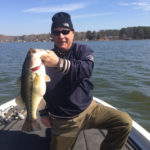
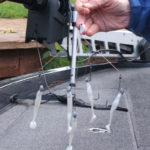
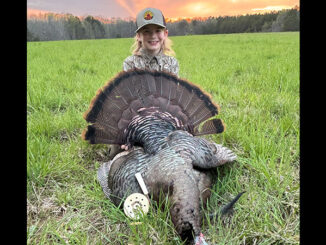
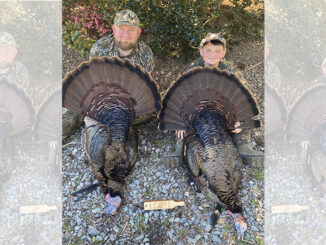
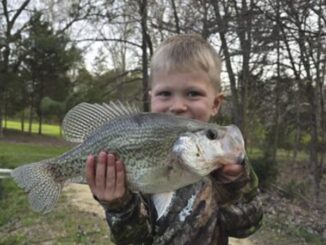
Be the first to comment